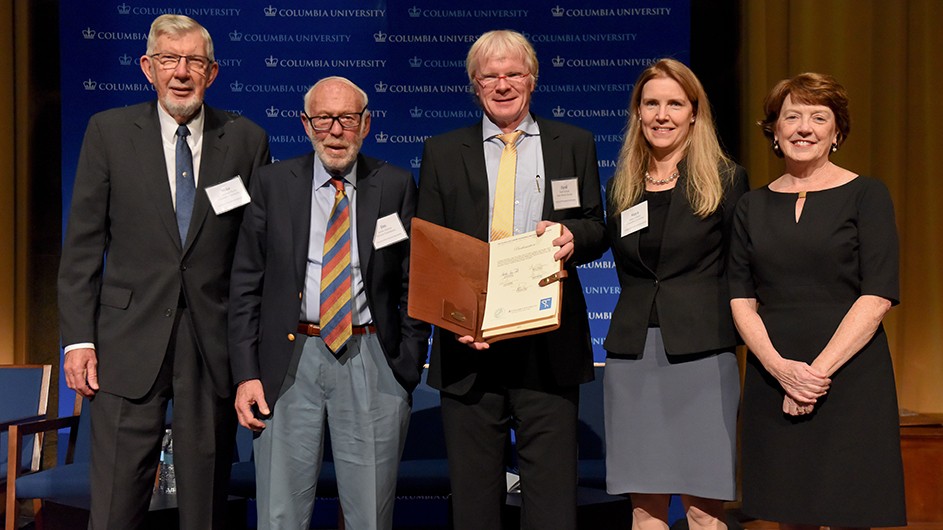New Quantum Center Opens at Columbia
Working together with the Flatiron Institute in New York City and the Max Planck Society in Germany, the University will harness quantum materials for wider applications and technologies.

Columbia University announced this week the launch of the Max Planck – New York City Center for Nonequilibrium Quantum Phenomena.
The Center, in partnership with the Flatiron Institute in New York City and the Max Planck Society for the Advancement of Science in Germany, aims to understand, control and manipulate the uniquely useful properties of quantum materials.
The University will partner with these two distinguished organizations to harness these materials for a large set of applications, including quantum computing, sensing, cryptography, and other technologies not yet imaginable.
"While quantum mechanics goes back more than a century, the 21st century has seen the launch of a second quantum revolution, with quantum moving beyond the research arena into the domain of practical applications,” said G. Michael Purdy, executive vice president for research at Columbia, at an opening event and signing ceremony held at the University on November 18th.
Representatives of the three institutions and an internationally-renowned group of scientists attended the event, followed by a two-day scientific symposium and workshop hosted at the Simons Foundation’s Flatiron Institute.
The Center, which will transcend institutional and geographic boundaries, will leverage the theoretical and computational expertise of scientists at the Flatiron Institute alongside the experimental capabilities of Columbia; the Max Planck Institute for the Structure and Dynamics of Matter in Hamburg; and the Max Planck Institute for Polymer Research in Mainz, Germany. Joint research positions across the institutions will further cultivate collaborations across the Center.
Maya Tolstoy, Columbia’s interim executive vice president and dean of the Faculty of Arts and Sciences, said the Center will raise the profile of both New York and our partner city of Hamburg as global centers of excellence in quantum physics. “The focus of scientific exchange, in particular of international research opportunities for students and postdocs and the joint faculty position,” she said, “will open new horizons for our young researchers, both giving them the opportunity to experience on research cultures firsthand a bringing a vibrant group of international researchers to New York.”
Synthesizing the unique research strengths of the three partner institutions allows for the development of experimental tools to realize and demonstrate theoretical predictions, said Angel Rubio, director of the Max Planck Institute for the Structure and Dynamics of Matter. “It’s much more interesting to have theory embedded inside an experimental network,” Rubio said. “That will be the hallmark of the center: the realization of these outside-the-box concepts and ideas.”
Andy Millis, professor of physics at Columbia and co-director of the Flatiron Institute’s Center for Computational Quantum Physics, said the new Center aims to create programmable properties on demand. “We want to develop the understanding needed to create recipes where you take a material, stick it in a cavity, irradiate it with a light beam, and get the property you want,” he said.
Mary Boyce, dean of Columbia’s Fu Foundation School of Engineering and Applied Science, said some of the important issues in basic and applied science are: Can we control the quantum properties of materials appropriately tailored radiation? Can we design and build quantum devices that are controllable and reconfigurable and the flip of a switch?
“The Center’s unparalleled combination of scientific cultures and complementary expertise will move us close to this goal,” she added.
